Best Practices Articles

How Artificial Intelligence Can Improve Partner Incentives
Introduction
Partnerships are formed to achieve mutually beneficial financial outcomes. Organizations sell through a network of channel partners to expand their customer base and increase their revenue. In return, the channel partners benefit by making a profit on the resale and providing value-added services to customers. Therefore, the relationship between two business partners revolves around financial incentives. Effective partner incentives can motivate channel partners to perform better and sell more products, leading to more significant revenue for both organizations. This article will discuss the various types of partner incentives, how to create effective incentives and how artificial intelligence can help optimize partner programs.
1: Optimizing Partner Incentives Using Artificial Intelligence (AI)
Partner incentives are an essential component of any successful channel partner program. These incentives are designed to motivate and reward partners for their contributions to the business. With the rise of artificial intelligence (AI) technology, companies can analyze vast amounts of data to identify the most effective partner incentives for each partner.
- Rewards: Sales and technical rewards are among the most common types of partner incentives. AI can analyze sales and certification data to determine which partners are most likely to benefit from this type of incentive. By incentivizing these partners with targeted rewards, companies can motivate them to earn certifications and close more sales.
- Commissions: Sales commissions are another popular type of incentive that can be optimized with the help of AI. By analyzing sales data, AI can determine which products sell the most and which partners drive the most sales. Companies can use this information to adjust sales commissions to incentivize partners to sell more of these products, increasing revenue for both the company and its partners.
- Rebates: Sales rebates are another type of partner incentive that AI can optimize. By analyzing sales data, companies can identify the sales targets that are most effective in driving revenue. They can then provide rebates to partners who achieve these targets, motivating them to sell more products and increase their profit margin.
- Market development funds (MDFs): Finally, the use of market development funds (MDFs) as an incentive for partners can also be optimized with AI. By analyzing customer data, companies can identify the types of marketing campaigns and industry events most likely to attract new customers. They can then provide MDFs to partners to invest in these activities, helping them find new customers and promote brand awareness.
AI technology can be a powerful tool for optimizing partner incentives in channel partner programs. By analyzing vast amounts of data, companies can identify the most effective incentives for each partner, leading to increased partner engagement, sales and brand awareness. Sales and technical rewards, sales commissions, sales rebates, and market development funds are just a few of the incentives that can be more precisely targeted with the help of AI. Companies that use this technology will have a competitive advantage in the marketplace.
2: Creating Effective Partner Incentives
Partnerships are an essential aspect of business, and creating effective partner incentives is crucial to ensure the success of such collaborations. When approached correctly, incentives motivate partners to perform better, drive sales and improve the bottom line. However, creating effective partner incentives can be challenging. Here are some tips to help you create incentives that will work for your partner organization.
- Align with partner goals: To create incentives that work, you need to understand the goals of your partner organization. You should align your incentives with their objectives. By doing so, you will be able to create incentives that will motivate your partners to work towards achieving their goals. For instance, if your partner aims to increase sales in a specific product line, you can offer incentives that reward them for achieving that objective.
- Be clear and transparent: Your incentives should be easy to understand, and there should be no ambiguity in the criteria for achieving them. Your partners should understand what they need to do to earn the incentives. Ambiguity in incentive criteria can lead to confusion, resulting in reduced motivation among partners. Therefore, it is crucial to be clear and transparent in your communication about the incentives.
- Offer a variety of incentives: Offering a variety of incentives can keep partners motivated and engaged. Different partners are motivated by different things, and therefore, you should offer incentives that cater to the diverse needs of your partner organizations. For instance, you can offer monetary incentives such as bonuses, commissions or discounts, but also offer non-monetary incentives such as training, access to exclusive content or recognition programs.
- Regularly evaluate and adjust: To create effective partner incentives, you need to evaluate the effectiveness of existing incentives programs regularly. The best approach is to use data analysis to identify the most and least effective incentives and adjust accordingly. For instance, if you notice that monetary incentives are not working for a partner organization or a group of similar partners, you can switch to non-monetary incentives or vice versa. Regular evaluation and adjustment of incentives will help you create programs tailored to the needs of your partner organizations and deliver the desired outcomes.
Creating effective partner incentives is essential to the success of a partnership. By aligning incentives with partner goals, being clear and transparent, offering a variety of incentives, and regularly evaluating and adjusting your programs, you can create incentives that motivate partners to perform better, sell more products and drive revenue. Remember that creating effective incentives is an ongoing process, and you should continually evaluate and adjust the program to ensure it remains effective in the long run.
3: Best Practices for Partner Incentives
Partner incentive programs have become vital for businesses that rely on a partner ecosystem to drive sales and growth. However, designing an effective partner incentive program requires careful planning, execution and continuous evaluation to ensure that the program meets its objectives. With the help of artificial intelligence (AI) and vast amounts of data, businesses can create the best practices for partner incentive programs.
- Keep it simple: The first best practice for partner incentive programs is to keep the program simple. AI can help design incentive structures that are easy to understand and achieve. Complex incentive structures can be demotivating and confusing for partners, which may lead to reduced participation in the program. AI can analyze data to determine the most effective and straightforward incentive structures that partners can quickly comprehend. By keeping the program simple, partners can easily understand the objectives and know what they must do to achieve them. This will motivate them to participate in the program and strive towards their goals.
- Offer varieties of incentives: Another best practice for partner incentive programs is to offer different levels of incentives. AI can help design incentive structures that offer different rewards for achieving different sales levels or specific targets such as lead generation or product mix sales. AI-powered data analysis can help you determine the best types of incentives for different partner types, and these incentives can be adjusted in real time as new data is collected. Offering different levels of incentives also allows partners to choose the level of participation that they are comfortable with, which is like to increase overall program engagement.
- Communicate effectively: Another best practice for partner incentive programs is to communicate effectively. AI can help design a communication strategy that ensures partners receive the program details clearly and regularly. Regular communication can also help to keep partners engaged in the program and provide them with a sense of progress toward their goals. AI can analyze data to determine the most effective communication channels and messaging to ensure that partners receive the information they need to participate in the program fully.
- Deploy partner management technology: Finally, making full use of available technology for partner management is another best practice for partner incentive programs. When you automate your partner management activities using a platform that integrates the entire partner lifecycle, you generate large amounts of data and insights about your partner programs. AI can mine that data to help you streamline every facet of your partner incentive program and make it more efficient. You can use AI-powered software to track partner performance, automate incentive payments, and identify the effective incentives for particular partners and particular scenarios. AI-powered partner management software can also help you reduce administrative costs and enable your business to scale its partner incentive program more effectively.
AI and vast datasets are helping businesses create effective partner incentive programs that motivate partners to achieve their goals and drive revenue growth. By using AI to keep incentive programs simple, offer different levels of incentives, communicate effectively and use technology, businesses can develop partner incentive programs that are tailored to their unique needs and will help them optimize activities in their partner ecosystem. As AI technology advances, businesses can expect to see even more innovative ways to incentivize partners and drive growth.
Conclusion
Partner incentives are a crucial element of a successful partnership between organizations. Effective incentives can motivate partners to perform better and sell more products, leading to greater revenue for both organizations. To create effective incentives, you should align them with partner goals, be clear and transparent, offer a variety of incentives and regularly evaluate and adjust them. Artificial intelligence can help optimize partner incentive programs by analyzing historical data on partner performance, correlating it with partner profiles and identifying the most effective incentives. By following best practices such as keeping it simple, offering different levels of incentives, communicating effectively and automating activities using partner management software, you can create successful partner incentive programs that deliver a higher return on investment.
For more information, please check this article.
Best Practices Guidebook
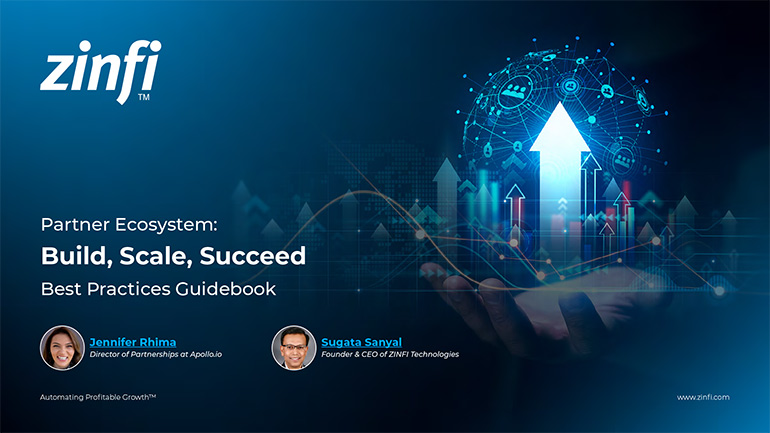 Partner Ecosystem Playbook: Build, Scale, Succeed Best Practices
Partner Ecosystem Playbook: Build, Scale, Succeed Best PracticesDownload for FREE
 Mastering LinkedIn: Building Personal Brands for Social Selling
Mastering LinkedIn: Building Personal Brands for Social SellingDownload for FREE
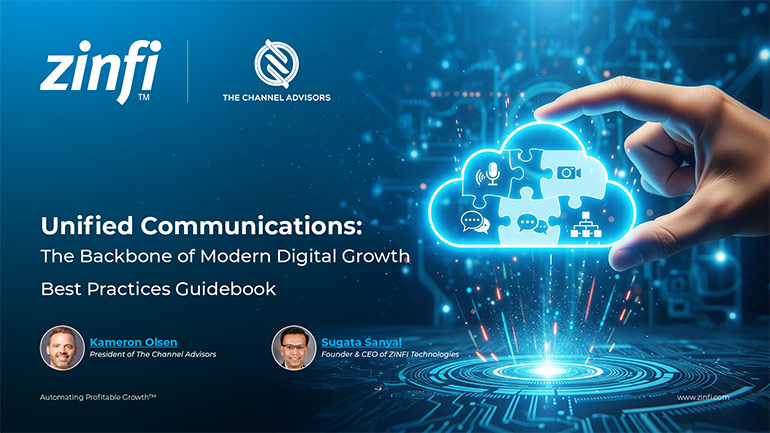 Unified Communications: The Backbone of Modern Digital Growth
Unified Communications: The Backbone of Modern Digital GrowthDownload for FREE
 The Channel Sales Playbook: Skills, Strategy, and Growth
The Channel Sales Playbook: Skills, Strategy, and GrowthDownload for FREE
 Blueprints for Vertical Success Best Practices
Blueprints for Vertical Success Best PracticesDownload for FREE
 The Future of Partner Enablement: From Enablement Gaps to Global Advantage
The Future of Partner Enablement: From Enablement Gaps to Global AdvantageDownload for FREE
 Reimagine Sales Development. Build a Smarter Prospecting Engine
Reimagine Sales Development. Build a Smarter Prospecting EngineDownload for FREE
 The Zero Trust Imperative: Fortifying Enterprise Security Against AI-Driven Threats
The Zero Trust Imperative: Fortifying Enterprise Security Against AI-Driven ThreatsDownload for FREE
 PartnerOps Excellence: The Definitive Guide to Scalable SaaS Ecosystems
PartnerOps Excellence: The Definitive Guide to Scalable SaaS EcosystemsDownload for FREE
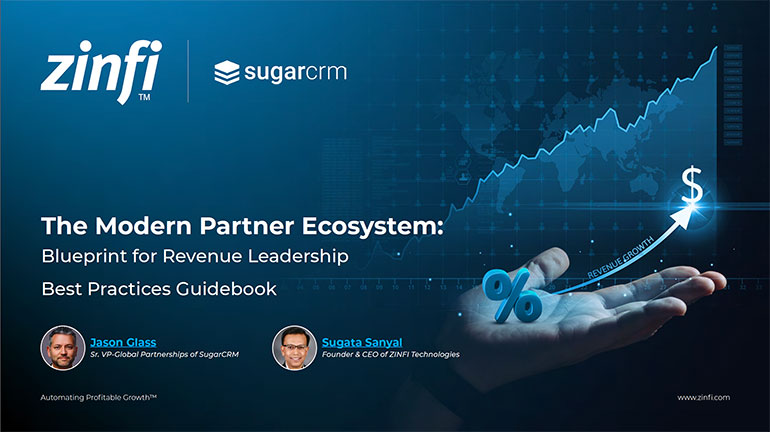 The Modern Partner Ecosystem Best Practices
The Modern Partner Ecosystem Best PracticesDownload for FREE
 Partner Marketing Reimagined: Strategies for Agile, Insight-Led Growth
Partner Marketing Reimagined: Strategies for Agile, Insight-Led GrowthDownload for FREE
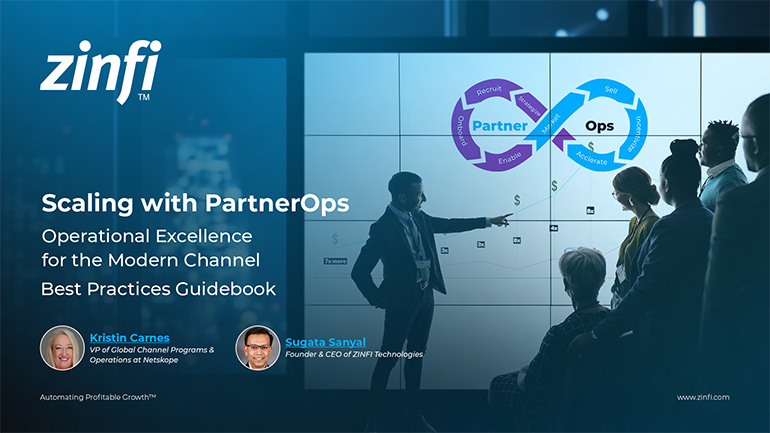 Scaling with PartnerOps Best Pratices
Scaling with PartnerOps Best PraticesDownload for FREE
 Leading with Partner Programs Best Pratices
Leading with Partner Programs Best PraticesDownload for FREE
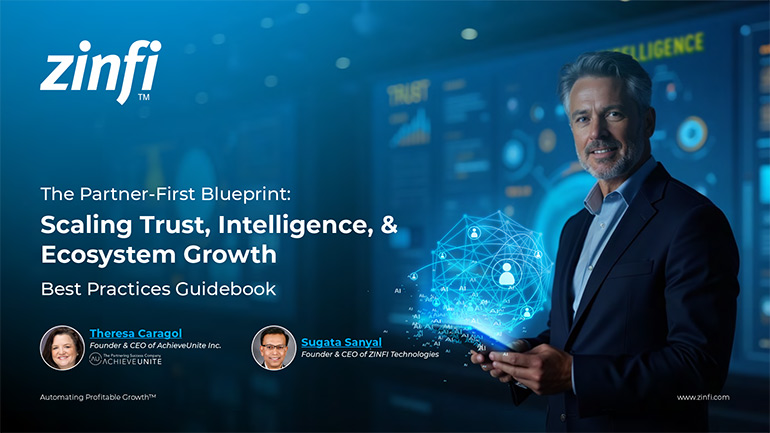 The Partner-First Blueprint: Scaling Trust, Intelligence, and Ecosystem Growth
The Partner-First Blueprint: Scaling Trust, Intelligence, and Ecosystem GrowthDownload for FREE
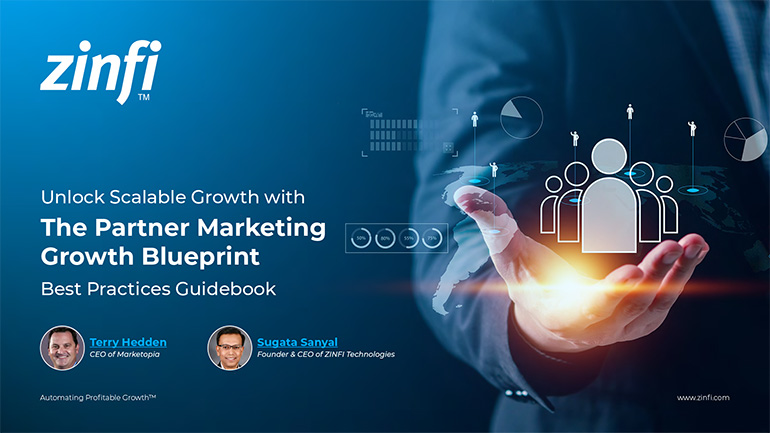 Unlock Scalable Growth with The Partner Marketing Growth Blueprint
Unlock Scalable Growth with The Partner Marketing Growth BlueprintDownload for FREE
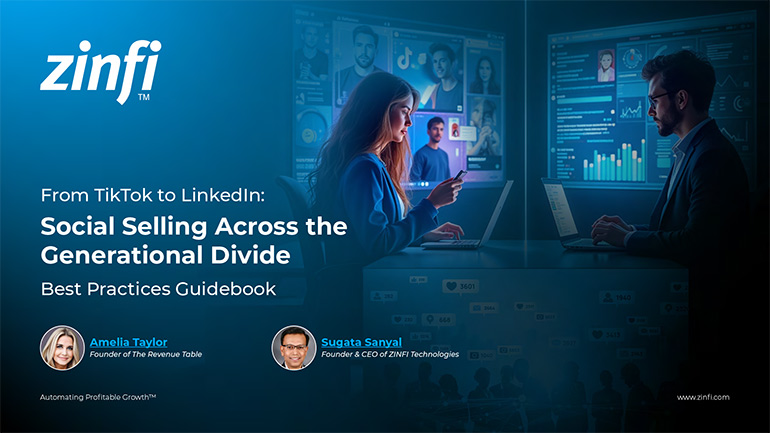 From TikTok to LinkedIn: Social Selling Across the Generational Divide
From TikTok to LinkedIn: Social Selling Across the Generational DivideDownload for FREE
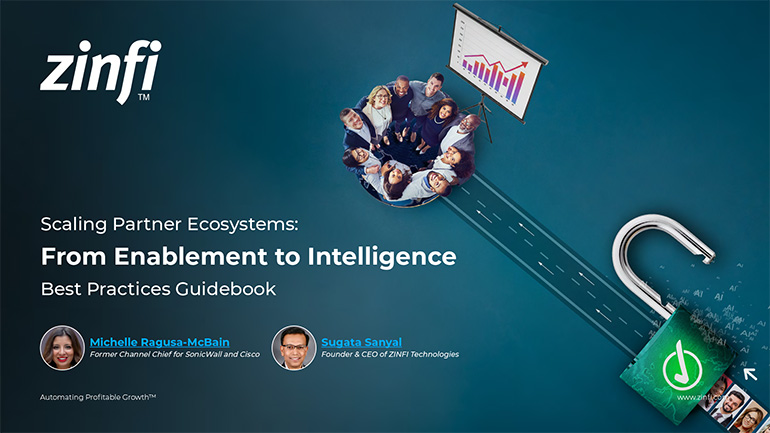 Scaling Partner Ecosystems: From Enablement to Intelligence
Scaling Partner Ecosystems: From Enablement to IntelligenceDownload for FREE








